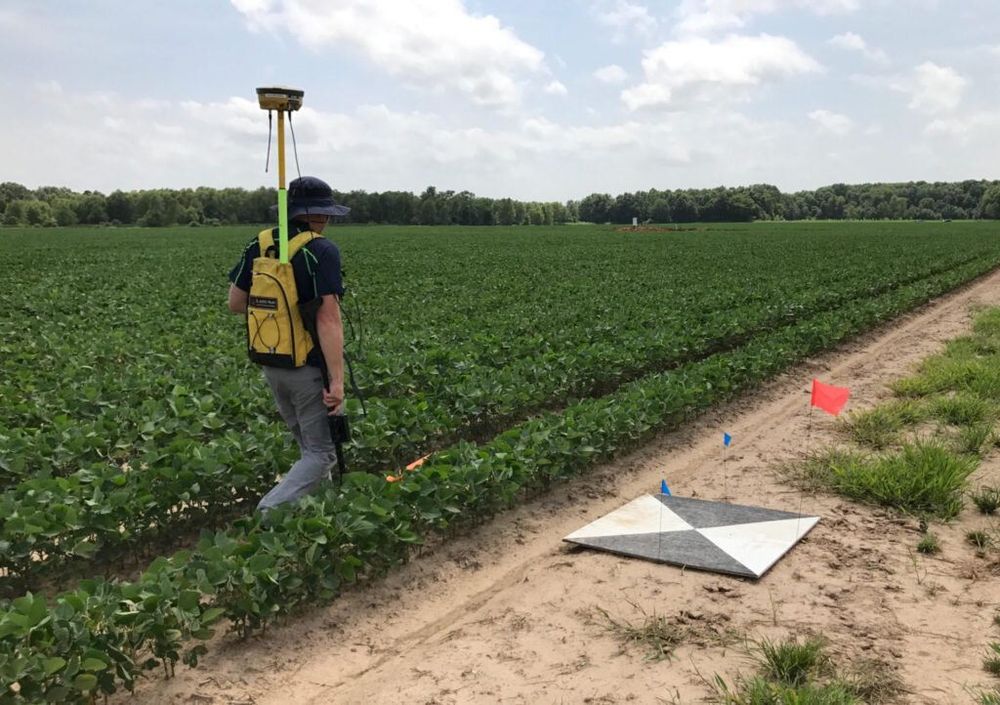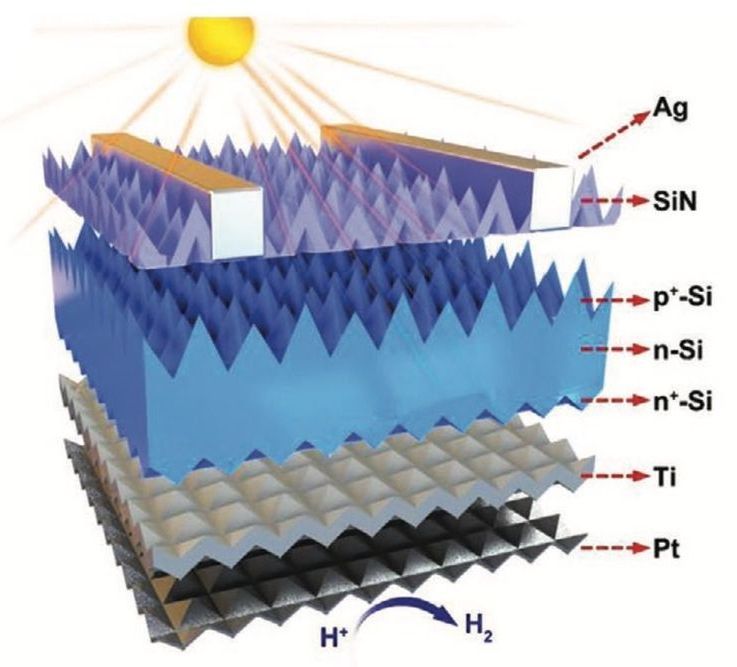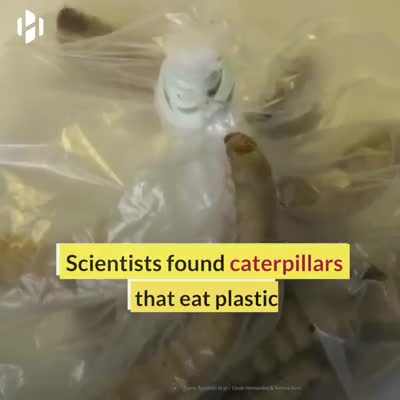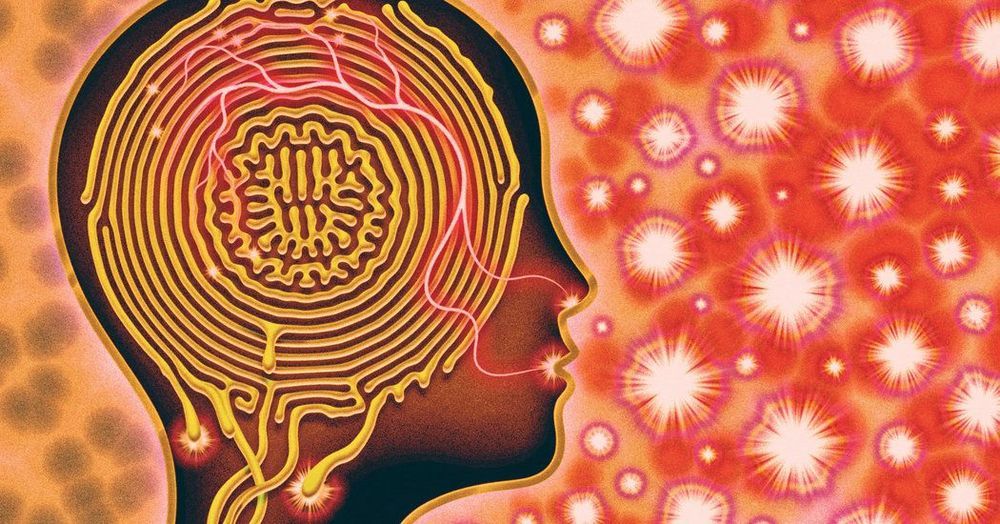Click on photo to start video.
They need to make the first Mars colony look like this! 🔴 🚀.




Packed with twin 450 hp outboard engines, the speedster is capable of cutting through the seas at a blistering 60 knots and its engine’s power-to-weight ratio represents the best in class. In fact, these motors tip the scale at just 705 lbs—some 300 lbs less than competing models—which gives the svelte vessel 40 percent more torque than its competitors.

Farmers have enough worries—between bad weather, rising costs, and shifting market demands—without having to stress about the carbon footprint of their operations. But now a new set of projects by scientists at Lawrence Berkeley National Laboratory (Berkeley Lab), including scientists at the Joint BioEnergy Institute (JBEI), could make agriculture both more sustainable and more profitable.
The three projects, funded by the U.S. Department of Energy (DOE), leverage Berkeley Lab’s strengths in artificial intelligence, sensors, and ecological biology. They aim to quantify and reduce the carbon intensity of agriculture, including the farming of biofuel feedstocks such as corn, soy, and sorghum, while also increasing yield.
Crop-based biofuels have the potential to supply up to about 5% of U.S. energy demand, according to the DOE. Two of the new projects are part of the SMARTFARM program of DOE’s Advanced Research Projects Agency-Energy (ARPA-E). This initiative aspires to make the biofuel supply chain carbon negative—meaning it removes or sequesters more carbon than it emits—which would greatly improve biofuel’s benefits to the broader economy and environment. Scientists also hope that the increased productivity will have the effect of lowering costs and increasing farmers’ income.


Hydrogen’s impressive energy density offers some compelling advantages that could see it make a huge difference in the electric aviation and eVTOL sectors, as well as in renewable energy, where it’s a lightweight and transportable, if not particularly efficient, way to store clean energy that’s not necessarily generated where or when you need it. It’s also being pushed as a means of exporting green energy, and Japan and Korea in particular are investing heavily in the idea of a hydrogen energy economy powering everything from vehicles to homes and industry.
For this to come about in a globally positive way, it’s imperative that clean, green hydrogen production becomes cheaper, because right now, the easiest and cheapest ways to get yourself a tank full of hydrogen are things like steam reforming, which produces up to 12 times as much carbon dioxide as it does hydrogen by weight.
Green, renewable production methods are thus hot topics for researchers and industry, and a new breakthrough from scientists at the Australian National University (ANU) could make a significant contribution.
Video Friday is your weekly selection of awesome robotics videos, collected by your Automaton bloggers. We’ll also be posting a weekly calendar of upcoming robotics events for the next few months; here’s what we have so far (send us your events!):
Let us know if you have suggestions for next week, and enjoy today’s videos.


For three months, Chelsea Alionar has struggled with fevers, headaches, dizziness and a brain fog so intense it feels like early dementia. She came down with the worst headache of her life on March 9, then lost her sense of taste and smell. She eventually tested positive for the coronavirus. But her symptoms have been stranger, and lasted longer, than most.
“I tell the same stories repeatedly; I forget words I know,” she told me. Her fingers and toes have been numb, her vision blurry and her fatigue severe. The 37-year-old is a one of the more than 4,000 members of a Facebook support group for Covid survivors who have been ill for more than 80 days.
The more we learn about the coronavirus, the more we realize it’s not just a respiratory infection. The virus can ravage many of the body’s major organ systems, including the brain and central nervous system.